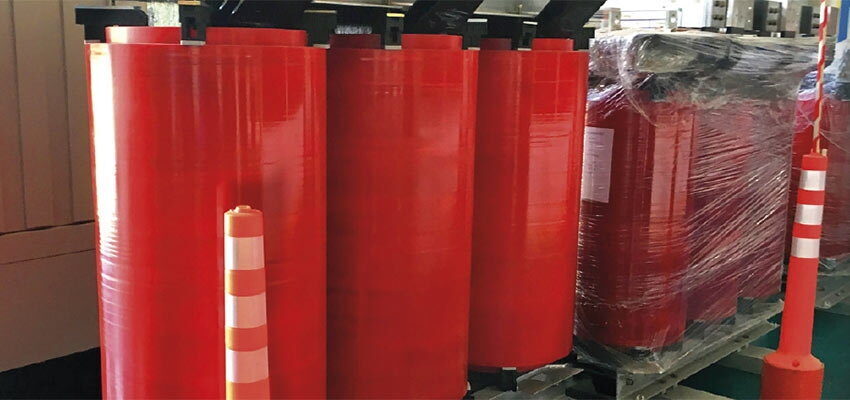
Diagnostic testing of cast-resin transformers
Abstract Cast-resin power transformers are widely used in areas of high standards concerning fire hazards and environmental protection. The most common reason for failures of...
byMichael KRÜGER, Christoph ENGELEN

Abstract
Cast-resin power transformers are widely used in areas of high standards concerning fire hazards and environmental protection. The most common reason for failures of cast-resin transformers is the electric breakdown of the cast-resin insulation between turns or parts of the windings. In many cases, partial discharges (PD) occur before the breakdown happens. By testing the windings with induced voltage in combination with a sensitive PD measurement, the risk of unforeseen outages can be minimized. Methods for performing the induced voltage test on site with portable equipment and with digital PD instruments for reducing the disturbances are discussed based on case studies.
Keywords: cast-resin transformer, induced voltage testing, partial discharge measurement
1. Introduction
The development of cast-resin transformers was initiated many decades ago because of the flammable nature of mineral oil and the risk of oil spillage with the related contamination of the ground. Since then, cast-resin transformer technologies have been well developed and are now widely used in applications where safety is of major importance, for example in buildings, in industrial applications, or for ecologically sensitive areas, such as ground water protection areas. The power and the nominal voltage of cast-resin transformers were increased in the last few years. Nowadays, cast-resin transformers are built up to 72.5 kV and more than 60 MVA. They can also be equipped with on-load tap changers (OLTC).
Although cast-resin transformers are called “maintenance free”, periodic diagnostic measurements are requested more often – in particular, when outages would cause high follow-up costs. Some insurance providers offer cheaper tariffs when the risk of outages is minimized by periodic diagnostic measurements. For cast-resin transformers the diagnostic tools are limited. During manufacturing, the following routine tests are performed according to IEC 60076-11 [1]:
- Turns ratio measurement
- Winding DC resistance measurement
- Measurement of voltage ratio and phase displacement
- Measurement of short-circuit impedance
- Load and no-load measurement
- Applied voltage test
- Induced AC withstand voltage test
- Partial discharge measurement (Um >3.6 kV, acceptance level 10 pC)
In order to determine the transformer condition directly on site, only a limited amount of test procedures can be used. Especially when it comes to assessing the insulation condition, common test methods which are typically performed on oil-filled transformers are not suitable. For instance, a dissolved gas in oil (DGA) analysis on cast-resin transformers is not applicable. Vice versa, the power/dissipation factor measurement on cast-resin transformers is highly affected by the ambient conditions. Therefore, partial discharge (PD) measurements yield the most valuable information on the insulation condition. On-site induced voltage test on cast-resin transformers, combined with PD measurements, is described in the following section.







